
The fog comes and goes quietly and mysteriously, but it is an important role on the winter stage.

In the case of sufficient water vapor, breeze and stable atmosphere, the temperature is close to the dew point and the relative humidity reaches 100%, the water vapor in the air will condense into tiny water droplets suspended in the air, reducing the visibility at the ground level. This weather phenomenon is called For fog.
The causes and conditions of fog
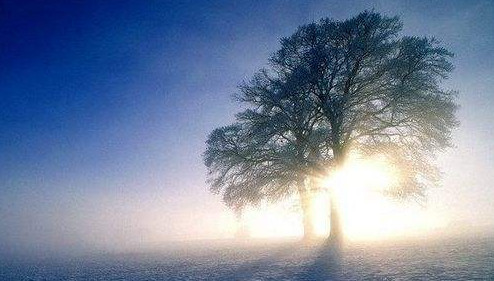
The water vapor contained in the air is limited, and when the water vapor reaches the maximum, it is saturated. In the case of equal volumes, the amount of water vapor contained is also related to the temperature. The higher the temperature, the more water vapor can be contained in the air, and vice versa.
If the ground heat is lost, the temperature drops, and the air is quite humid, part of the water vapor in the air will condense and turn into many small water droplets, which are suspended in the air layer near the ground, forming fog. Both fog and clouds are caused by falling temperatures, and fog can actually be said to be clouds close to the ground.
Several common types of fog
Fog is ever-changing and complex. What types of fog are there?
Because of the different causes of formation, there are many types of fog, such as radiation fog, advection fog, evaporation fog, and uphill fog.
Types of fog
Radiation fog is formed by the radiative cooling of the ground surface at night. It mostly occurs at night and morning when there is clear, breeze, and abundant and stable water vapor near the ground, or with temperature inversion.
Advection fog is the fog that is formed when warm and humid air flows advection to a cooler underlying surface and cools down. Advection fog and the horizontal flow of air are inseparable. As long as there is continuous wind, the fog will last for a long time.
Uphill fog is the fog formed by adiabatic expansion and cooling when the humid air flows up along the hillside. The so-called adiabatic expansion refers to the expansion process without heat exchange with the outside world. Uphill fog is more common in the mountains.
Who is the fog? Who is Haze?
1 From the perspective of pollution
Haze ≈ air pollution, fog ≠ air pollution.
2 distinguish from the perspective of visibility
When the horizontal visibility of the target is reduced to within 1 km, it is fog;
If the horizontal visibility is between 1 km and 10 km, it is called light fog or haze;
The horizontal visibility is less than 10 kilometers and is caused by dust particles, which is haze or gray haze.
The thickness of fog is generally only tens of meters to hundreds of meters, and the thickness of haze is 1 km to 3 km.
3 distinguish from color
The color of the fog is milky white and blue-white, and the boundary of the fog is very clear. After the “fog zone”, it may be a clear sky; the haze is yellow or orange-gray; but the boundary between the haze and the surrounding environment is not obvious.
The impact and harm of fog
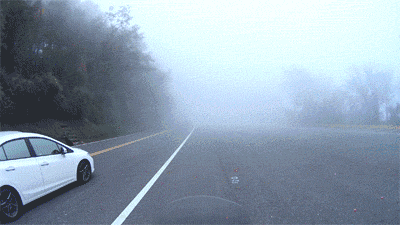
No.1 The impact and harm of fog on traffic
Fog will reduce visibility and have a greater impact on traffic, especially on highway vehicles driving and airport aircraft taking off and landing. Foggy weather often causes highway closures and airport flight delays in many places.
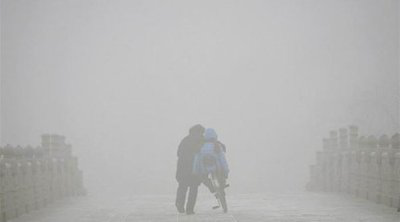
No.2 The impact and harm of fog on human health
In foggy days, the combination of pollutants and water vapor in the air will become difficult to diffuse and settle, which makes most of the pollutants gather at heights where people often move. Moreover, some harmful substances combine with water vapor and become more toxic. Therefore, the air pollution in foggy days is much more serious than usual.
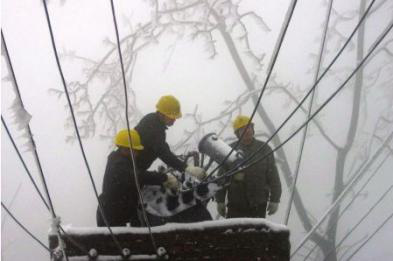
No.3 The impact and harm of fog on power facilities
When there is dense fog, because the air humidity is high, it is easy to cause fog flash, which is also called pollution flash. Fog flashes can cause electrical equipment, transmission lines short circuits, trips, and other faults, causing power outages in the power grid, affecting industrial, agricultural, and other industries and people’s electricity consumption, causing serious economic losses.
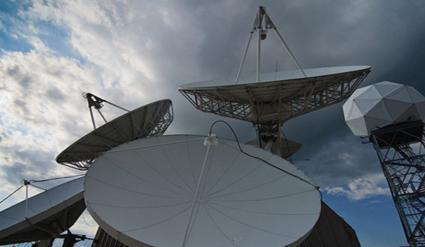
No.4 The impact and harm of fog on communications
Heavy fog also affects microwave and satellite communications, causing sharp reductions in signals, increased noise, and reduced communication quality.
Beautiful mist
Although the heavy fog brings inconvenience to everyone’s life, it is also a unique landscape in nature. If there is no such weather phenomenon as fog, we will not be able to see the spectacular scenery of the sea of clouds, nor revel in the hazy mist in the early morning.
Comments